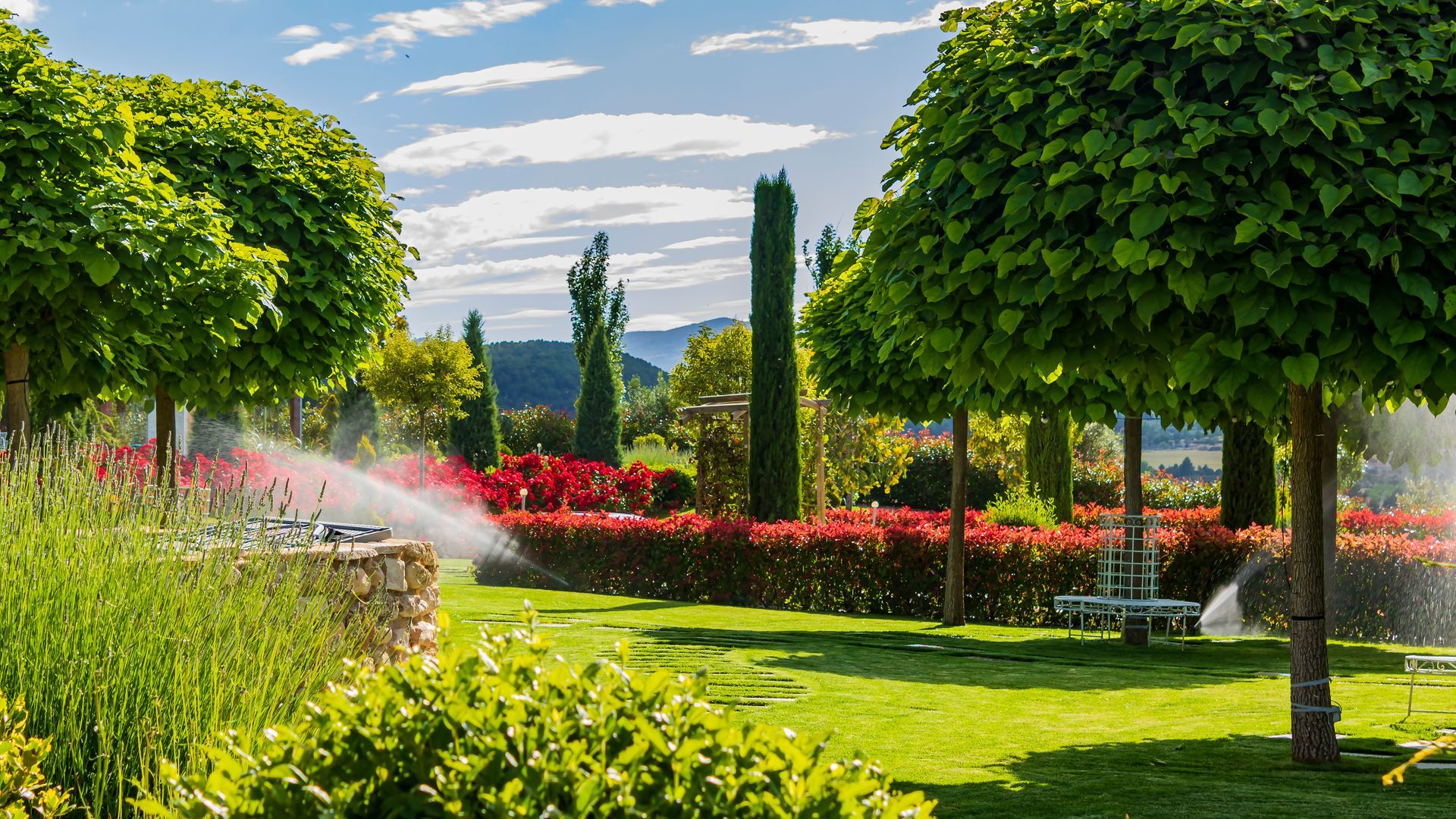Proper irrigation systems play a vital role in modern agriculture, landscaping, and environmental sustainability. As the global population continues to grow and water resources become increasingly scarce, it is imperative to efficiently utilize water for irrigation purposes. Here are some key reasons why proper irrigation systems are of utmost importance.
First and foremost, proper irrigation systems help optimize water usage. These systems minimize water wastage by delivering water directly to the roots of plants or crops in the required amount and at the right time. This not only conserves water but also reduces costs for farmers and ensures sustainable agriculture.
Furthermore, proper irrigation systems enhance crop productivity and plant health. Plants receive the ideal amount of water, preventing both under and over-watering. This promotes healthier root development, minimizes stress, and maximizes nutrient absorption. Consequently, plants thrive and produce higher yields, contributing to food security and economic prosperity.
Proper irrigation systems also prevent soil erosion. By controlling the water flow, these systems minimize the risk of soil degradation caused by excess runoff. The water is distributed evenly across the field, reducing erosion and preserving the topsoil's fertility. This is crucial for maintaining soil health and preventing land degradation, particularly in regions vulnerable to desertification or drought.
Moreover, efficient irrigation systems help conserve energy resources. Traditional flood irrigation methods require substantial amounts of energy to pump and distribute water. In contrast, modern techniques such as drip irrigation and precision sprinklers minimize energy consumption by precisely delivering water where it is needed. This reduces reliance on fossil fuels and lowers carbon emissions, contributing to a greener and more sustainable future.


